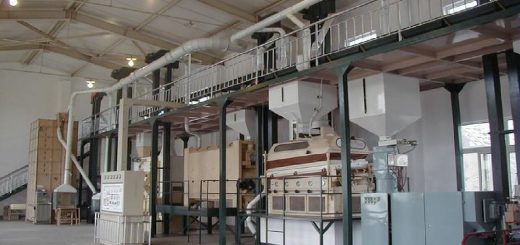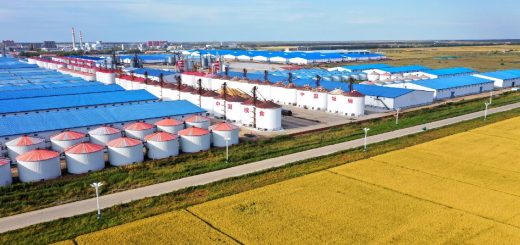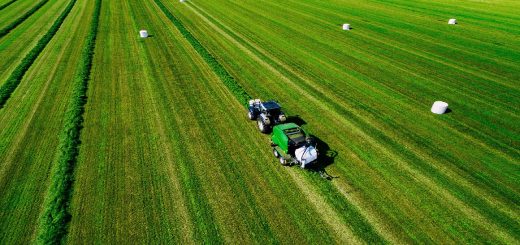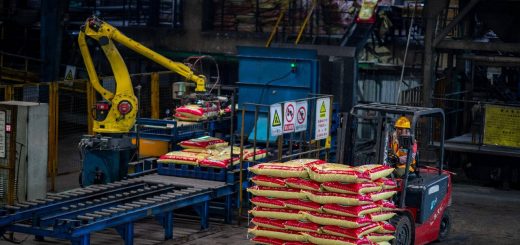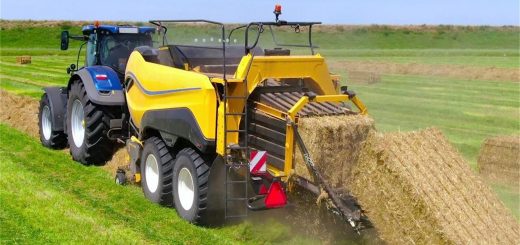Slaughtering Equipment: critical component of the meat processing industry
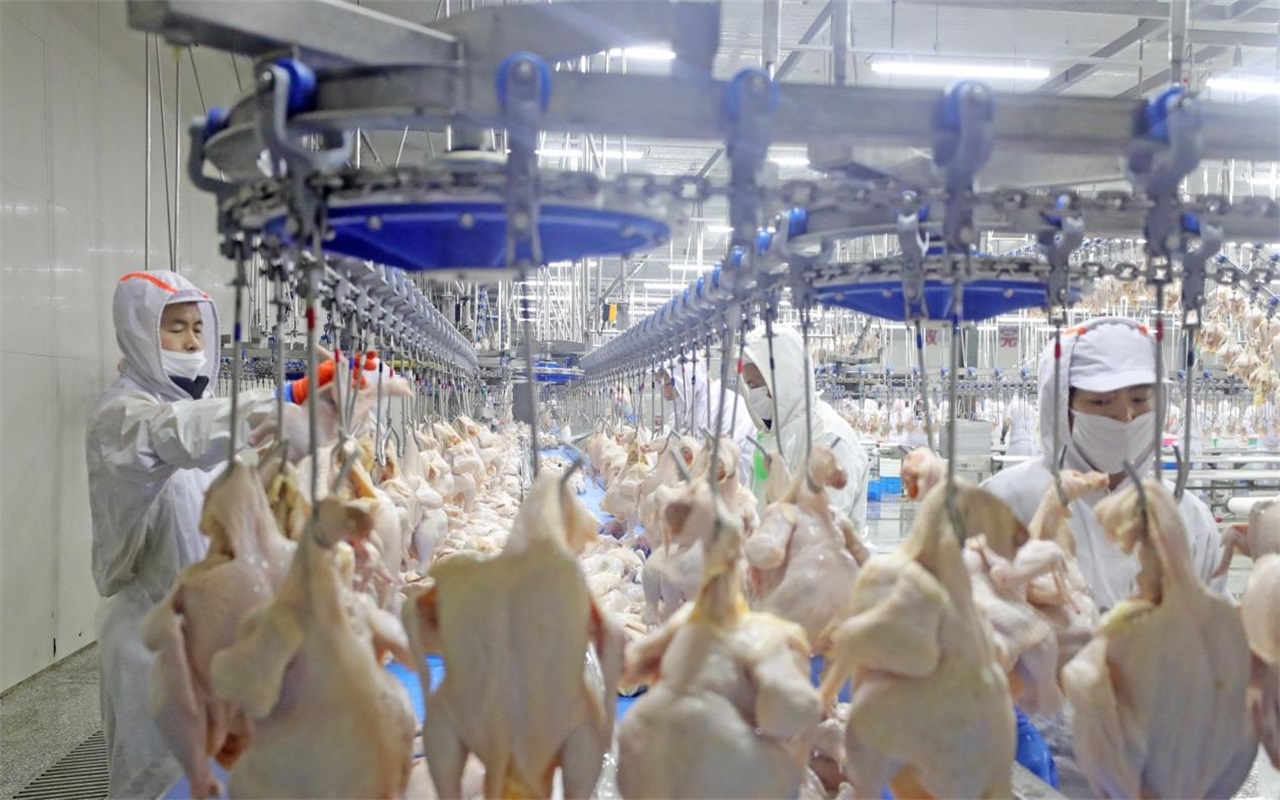
Slaughtering equipment is a critical component of the meat processing industry, designed to ensure the efficient, humane, and hygienic processing of animals for meat production. These machines and tools are essential for maintaining high standards of food safety, reducing labor costs, and increasing productivity. In this article, we will explore the different types of slaughtering equipment, their functions, and their importance in the meat industry.
Types of Slaughtering Equipment
- Stunning Equipment: Stunning equipment is used to render animals unconscious before slaughter, ensuring a humane process. Common types include electrical stunners, captive bolt stunners, and gas stunners. Electrical stunners use electric currents to induce unconsciousness, while captive bolt stunners deliver a precise blow to the animal’s head. Gas stunners use carbon dioxide to sedate animals.
- Killing and Bleeding Equipment: After stunning, animals are typically killed and bled to remove blood from the carcass. This equipment includes killing knives, bleeding conveyors, and blood collection systems. Bleeding conveyors transport animals to ensure proper blood drainage, while blood collection systems gather blood for further processing or disposal.
- Dehairing and Skinning Machines: These machines are used to remove hair or skin from animals like pigs and cattle. Dehairing machines use hot water and scraping mechanisms to remove hair, while skinning machines use blades to peel off the skin. These processes prepare the carcass for further processing.
- Evisceration Equipment: Evisceration involves removing the internal organs of the animal. This equipment includes gutting machines, organ removal systems, and cleaning tools. These machines ensure that the carcass is cleaned thoroughly and prepared for inspection and further processing.
- Carcass Splitting and Cutting Equipment: After evisceration, carcasses are often split into smaller sections for easier handling and processing. Carcass splitters use saws or blades to divide the animal into halves or quarters, while cutting equipment further processes the meat into specific cuts.
Functions of Slaughtering Equipment
- Humane Processing: Slaughtering equipment ensures that animals are treated humanely during the slaughter process. Stunning equipment, for example, minimizes pain and stress for the animal, aligning with ethical and regulatory standards.
- Hygiene and Food Safety: Modern slaughtering equipment is designed to maintain high levels of hygiene, reducing the risk of contamination. Automated systems minimize human contact with the carcass, lowering the chances of bacterial contamination.
- Efficiency and Productivity: Slaughtering equipment significantly speeds up the meat processing workflow. Automated systems can handle large volumes of animals quickly, reducing labor costs and increasing output.
- Waste Management: Equipment like blood collection systems and organ removal tools help manage waste efficiently. Blood and organs can be collected for further processing into by-products such as fertilizers or pet food, reducing waste and adding value.
- Consistency and Quality: Slaughtering equipment ensures consistent processing, which is crucial for maintaining meat quality. Automated systems provide uniform cuts and precise handling, resulting in higher-quality products.
Importance in the Meat Industry
Slaughtering equipment plays a vital role in the meat industry by ensuring that the process is efficient, humane, and compliant with food safety regulations. These machines help meat processors meet the growing demand for meat products while maintaining high standards of quality and hygiene. Additionally, they contribute to reducing labor costs and improving overall productivity, making them indispensable in modern meat processing facilities.
As technology advances, slaughtering equipment continues to evolve, incorporating features like automation, precision controls, and enhanced sanitation systems. These innovations further improve efficiency, reduce environmental impact, and ensure compliance with stricter regulations.
Conclusion
Slaughtering equipment is essential for the meat industry, providing numerous benefits such as humane processing, improved hygiene, increased efficiency, and consistent quality. As the demand for meat products grows, these machines will continue to play a critical role in ensuring sustainable and ethical meat production.


